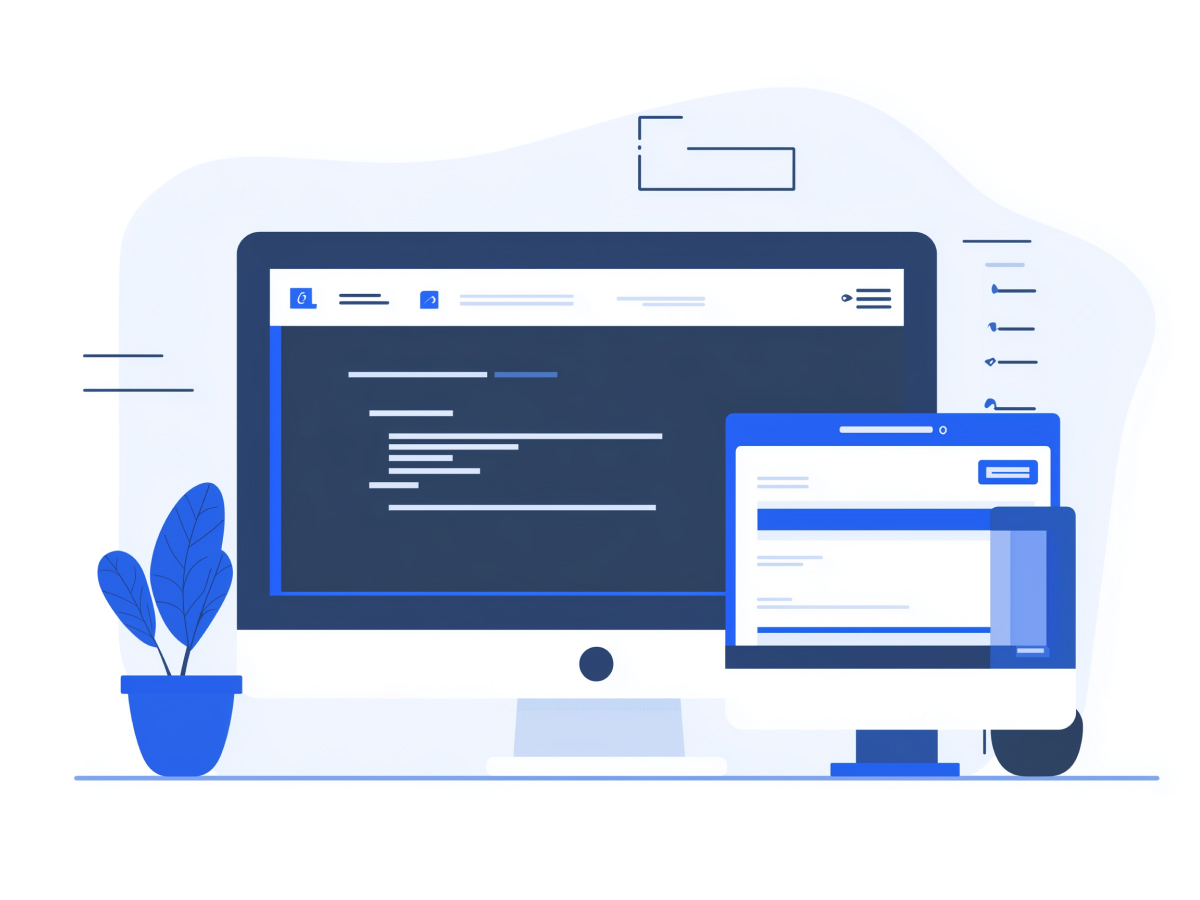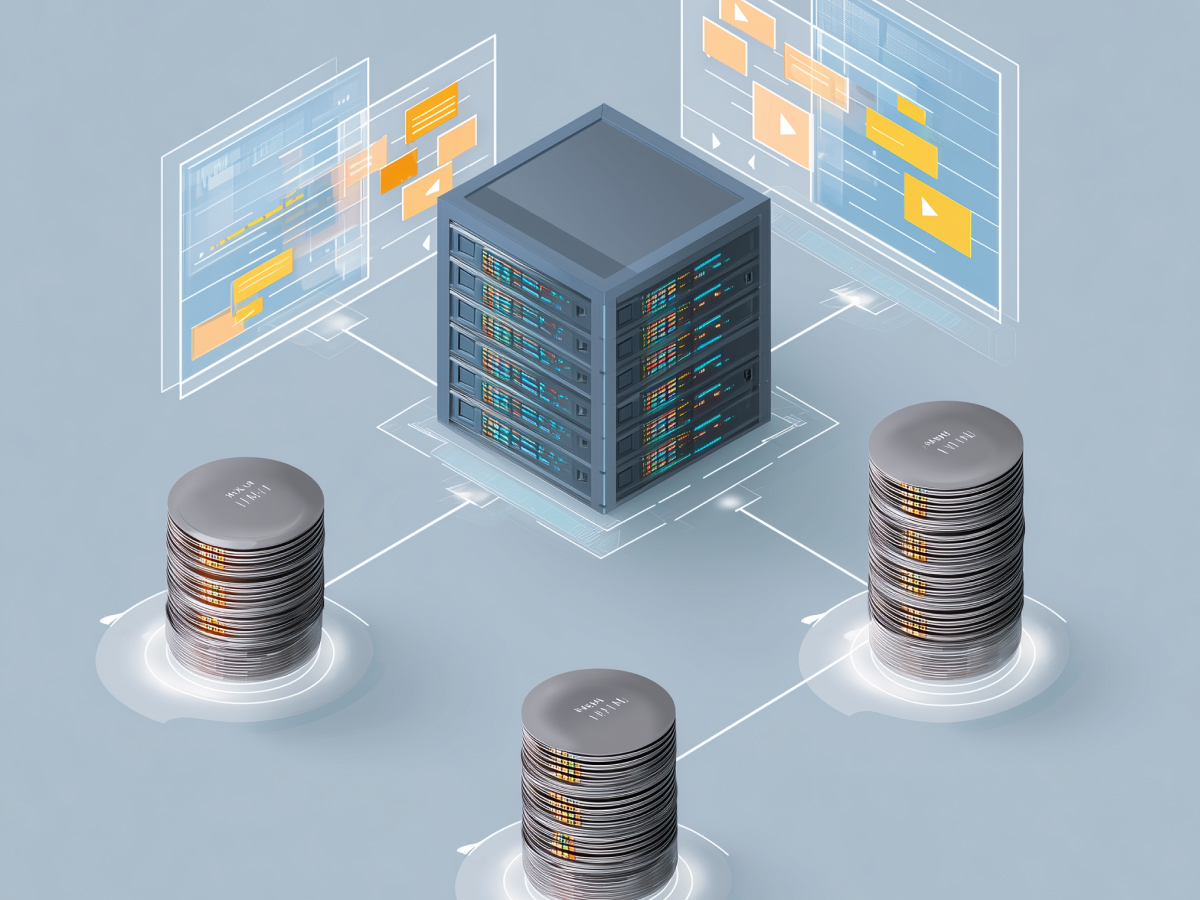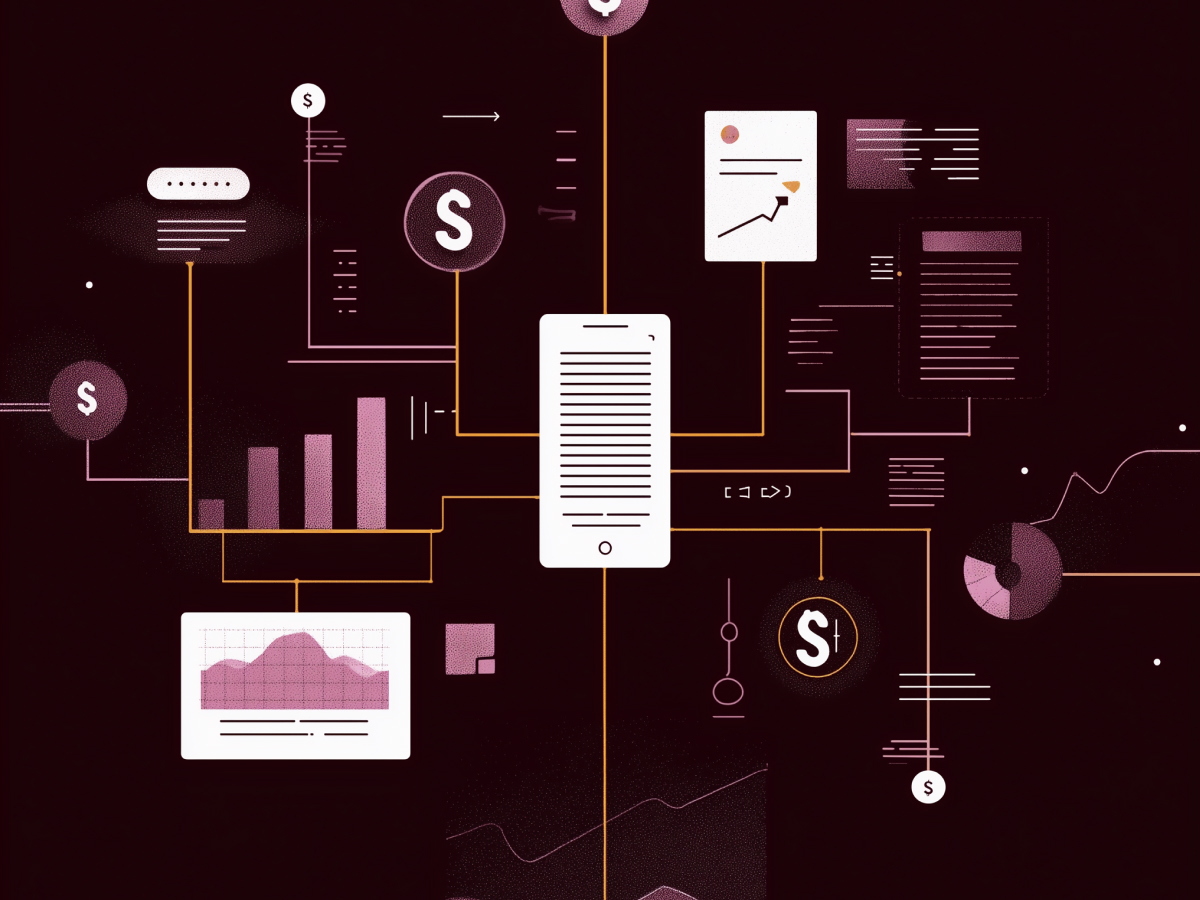Python has achieved its highest-ever Tiobe index rating
Python just logged its highest score in the history of the Tiobe Index, 25.35% in May 2025. That’s a signal that the developer ecosystem today strongly favors this language across a broad range of fields. For context, the last time any language came close to this was Java, back in 2001. But then, the Index only tracked 20 languages. Today, it compares 282, so hitting that high a score now is significantly harder. That’s meaningful.
Python’s growth isn’t a fluke. It jumped from 23.08% in April 2025 to 25.35% in May. That kind of acceleration tells you Python isn’t leveling off. It’s picking up steam. The market is leaning into simplicity, speed of development, and applied problem-solving across data analysis, automation, machine learning, and web development. That’s Python’s sweet spot.
For executives evaluating cost-efficiency, team scalability, or AI-readiness, investing in Python capabilities sends a strong signal. It aligns technical decision-making with what developers are actively using and what the market rewards. If you’re building future-proof systems or digital products, you want to be on the right learning and tooling curves. Right now, Python sits at their intersection.
This milestone underlines a bigger trend: programming fundamentals are shifting toward languages that reduce complexity, shorten time-to-impact, and widen access.
Python holds the largest lead over its competitors
Python isn’t just leading, it’s pulling away from the pack. Its popularity score stands at 25.35%. The next closest language, C++, is at 9.94%. That’s a 15-point margin. No other language has managed that kind of lead in the Tiobe Index’s history. It’s worth paying attention to this kind of dominance.
This isn’t about trends or hype. It’s system-wide efficiency. Developers choose Python because it lets them move fast and ship solutions without wrestling with syntax-heavy constraints. It also sits at the center of critical growth areas: AI, data pipelines, automation, and backend services all benefit from Python’s flexibility and massive ecosystem.
As a decision-maker, this tells you where to focus. Bet on Python and you align with workforce demand, reduce friction in hiring, and fast-track development cycles. That advantage compounds. It’s already the go-to for startups, enterprise tech stacks, and even government agencies modernizing their codebases.
If you’re still spreading resources thin across legacy stacks, this gap in adoption is a red flag. Python’s wide margin is proof. The market is converging on fewer tools that do more, and those tools are being built with Python.
Python faces limitations in performance-sensitive and safety-critical applications
Python’s growth is undeniable, but it’s not built for everything.
One of its core trade-offs is performance. Python is interpreted, which means it runs slower than compiled languages like C or C++. It also introduces higher risks of unexpected runtime errors. That makes it a poor fit for safety-critical systems, think aviation software, embedded medical devices, or high-frequency trading platforms. These environments demand performance precision and minimal failure tolerance. In those cases, reliability outweighs ease of use.
Executives need to account for this when making software architecture decisions. You don’t build ultra-low latency products or real-time control systems on Python unless you’re layering it with more robust languages in the stack. If you ignore that difference, you’re not just risking technical debt, you’re risking uptime, safety, and compliance issues where they matter most.
That said, it’s worth noting that these limitations don’t diminish Python’s dominance in the bulk of development. It’s still highly effective for AI, web apps, automation, education, and prototyping, domains where speed of development, access to libraries, and community scale matter more than full-stack performance optimization.
Choose wisely. Use Python extensively, but know where it doesn’t belong.
Python’s leading position is additionally confirmed by the Pypl index
Python doesn’t just lead in use, it leads in interest.
According to the Pypl (PopularitY of Programming Language) Index, which tracks Google search frequency, Python came in with a 30.41% share in May 2025. Java trails far behind at 15.12%. JavaScript, another common workhorse, only drew 7.93%. These numbers show consistent, global momentum.
More people are searching for, learning, and investing time in Python than any other language. That supports one big message: Python is the frontline language for entering tech today. When tech professionals, educators, and job seekers are all aligned around a tool, it becomes a market force.
From a business standpoint, this level of search interest matters. It signals long-term resource scalability. Hiring becomes easier. Onboarding accelerates. Training costs go down. And engineering teams can access fresh libraries and community-based solutions faster. High public engagement directly feeds innovation velocity.
The Pypl Index also confirms that Python’s reach isn’t isolated to developers, it includes learners, educators, and career switchers. That breadth supports sustainable adoption across use cases and industries.
Increased competition in the programming language market
Python’s dominance isn’t just about having a high score. It’s about context. In 2001, Java reached a Tiobe Index rating of 26.49%. At face value, that might look slightly higher than Python’s 25.35% in May 2025. But back then, the index tracked only 20 programming languages. Today, it evaluates 282.
That’s a fundamental shift in competitive density. More languages mean more fragmentation. Achieving a top spot now requires not just popularity, but sustained application across diverse ecosystems: enterprise, startups, academia, and AI-driven fields. When Python pulls ahead in that kind of landscape, it signals a much deeper shift in developer behavior and project strategy.
Modern Python adoption reflects the broader shift toward tools that prioritize development speed, rich libraries, and ease of use. It thrives where agility and collaboration reduce overhead and where constant iteration is prioritized over compile-time certainty.
For the C-suite, this change is strategic. The languages leading today aren’t just technically competent. They’re supported by global communities, used to solve problems across industries, and continuously improved by fast-moving feedback loops. Python’s position in this environment isn’t just competitive, it’s dominant against a far wider and more specialized field.
Main highlights
- Python hits historic popularity: Python reached a Tiobe Index rating of 25.35% in May 2025, the highest since Java’s 2001 peak. Leaders should prioritize Python-based talent and infrastructure to align with market momentum and reduce platform risk.
- Python widens its lead across languages: Python leads Tiobe’s rankings by over 15 percentage points, outpacing C++ and others. Organizations should consolidate R&D and engineering workflows around Python where performance is not mission-critical.
- Python isn’t fit for real-time systems: Despite its reach, Python remains unsuited for performance-sensitive or safety-critical environments due to runtime unpredictability. Tech leaders should reserve compiled languages like C++ or Rust for systems demanding high stability.
- Public interest reinforces python’s dominance: Python ranks first on the Pypl Index with 30.41%, reflecting broad search interest and adoption. Investing in Python-based tools and training programs ensures alignment with workforce trends and long-term scalability.
- High ranking now carries more weight: Python’s score today is more significant than Java’s historical highs due to greater language fragmentation (282 tracked today vs. 20 in 2001). Executives should interpret this as a signal to standardize around enduring platforms to avoid unnecessary tech sprawl.





